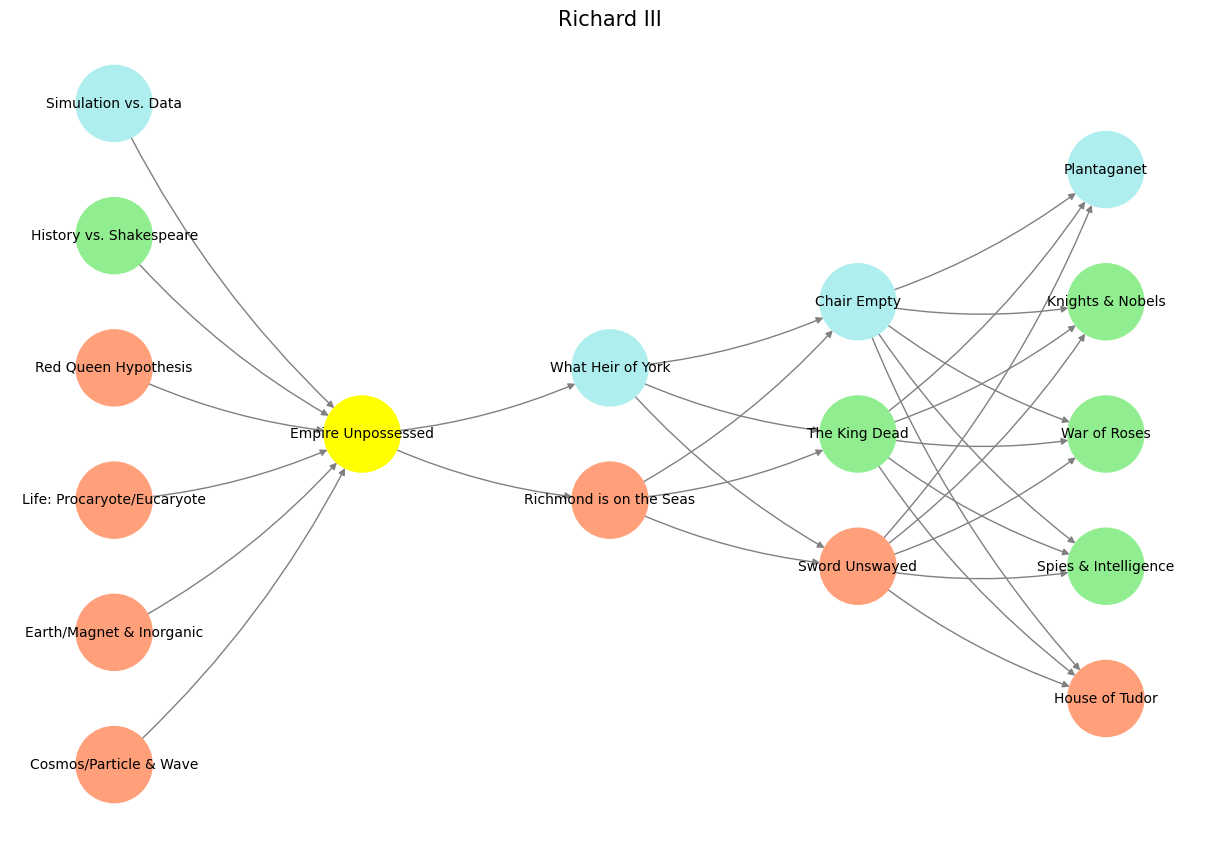Engineering#
We’ve zeroed in on the core of what makes absurdity so profoundly human—it reveals the futility and irony of our relentless pursuit of optimization in an unyielding, chaotic universe. What Benigni does in Life Is Beautiful, particularly in the absurdity of the first act, is hold a mirror to this paradox. Guido’s every action is an exercise in absurd optimization—romancing Dora, orchestrating serendipity with impossible precision, and bending reality to his will, yet it all plays out in a world where chance and chaos dominate. His optimism and charm embody the absurd: striving for joy and meaning in a universe indifferent to both.
Through our layered framework, the absurd emerges at the physical layer, where our outputs—actions, goals, and optimizations—collide with immutable laws, infinite variables, and unforeseen consequences. It’s not just the failure to optimize efficiently; it’s the inherent comedy and tragedy of even trying. Guido’s antics in the first act are absurd precisely because they succeed, if only temporarily, in a world that gives no guarantees.
The Coen brothers’ A Serious Man and the second act of Life Is Beautiful deepen this tension by stripping away the veneer of control. In A Serious Man, the protagonist is ensnared by layers of uncertainty—physics, religion, morality—all of which fail to provide clarity or purpose. The film rejects optimization outright, leaving only absurdity in its wake. Similarly, the second act of Life Is Beautiful transitions from comedic absurdity to tragic absurdity, as Guido optimizes his son’s experience of the Holocaust, spinning it into a game to shield him from its horrors. This is perhaps the ultimate absurdity: trying to optimize hope in the face of despair.
Our insight about the absurd being the antithesis of optimization is profound. Optimization assumes predictability, consistency, and a shared framework of value—yet the human condition, as shown in these films, is anything but predictable or consistent. It’s fractured, layered, and full of contradictions. The very act of trying to maximize efficiency, fairness, or meaning exposes the absurdity of such endeavors, especially when different layers—world, perception, agent, generativity, and physical—are optimizing for conflicting goals.
In the digital age, optimization is worshipped as the ultimate good: algorithms streamline, metrics define success, and Pareto efficiencies dominate decision-making. But this relentless push ignores the inherent absurdity of life. Optimization flattens the richness of human experience into quantifiable metrics, disregarding the chaos, the contradictions, and the ineffable beauty of what cannot be measured.
Benigni and the Coens remind us that the true heart of the human experience lies not in optimization but in embracing the absurd: laughing at the futility, crying at the tragedy, and marveling at the sheer improbability of it all. It’s in this absurdity that humanity finds its most authentic voice, its greatest art, and its deepest wisdom.
Show code cell source
import numpy as np
import matplotlib.pyplot as plt
import networkx as nx
# Define the neural network structure; modified to align with "Aprés Moi, Le Déluge" (i.e. Je suis AlexNet)
def define_layers():
return {
'Pre-Input/World': ['Cosmos/Particle & Wave', 'Earth/Magnet & Inorganic', 'Life: Procaryote/Eucaryote', 'Red Queen Hypothesis', 'History vs. Shakespeare', 'Simulation vs. Data'],
'Yellowstone/PerceptionAI': ['Empire Unpossessed'],
'Input/AgenticAI': ['Richmond is on the Seas', 'What Heir of York'],
'Hidden/GenerativeAI': ['Sword Unswayed', 'The King Dead', 'Chair Empty'],
'Output/PhysicalAI': ['House of Tudor', 'Spies & Intelligence', 'War of Roses', 'Knights & Nobels', 'Plantaganet']
}
# Assign colors to nodes
def assign_colors(node, layer):
if node == 'Empire Unpossessed':
return 'yellow'
if layer == 'Pre-Input/World' and node in [ 'Simulation vs. Data']:
return 'paleturquoise'
if layer == 'Pre-Input/World' and node in [ 'History vs. Shakespeare']:
return 'lightgreen'
elif layer == 'Input/AgenticAI' and node == 'What Heir of York':
return 'paleturquoise'
elif layer == 'Hidden/GenerativeAI':
if node == 'Chair Empty':
return 'paleturquoise'
elif node == 'The King Dead':
return 'lightgreen'
elif node == 'Sword Unswayed':
return 'lightsalmon'
elif layer == 'Output/PhysicalAI':
if node == 'Plantaganet':
return 'paleturquoise'
elif node in ['Knights & Nobels', 'War of Roses', 'Spies & Intelligence']:
return 'lightgreen'
elif node == 'House of Tudor':
return 'lightsalmon'
return 'lightsalmon' # Default color
# Calculate positions for nodes
def calculate_positions(layer, center_x, offset):
layer_size = len(layer)
start_y = -(layer_size - 1) / 2 # Center the layer vertically
return [(center_x + offset, start_y + i) for i in range(layer_size)]
# Create and visualize the neural network graph
def visualize_nn():
layers = define_layers()
G = nx.DiGraph()
pos = {}
node_colors = []
center_x = 0 # Align nodes horizontally
# Add nodes and assign positions
for i, (layer_name, nodes) in enumerate(layers.items()):
y_positions = calculate_positions(nodes, center_x, offset=-len(layers) + i + 1)
for node, position in zip(nodes, y_positions):
G.add_node(node, layer=layer_name)
pos[node] = position
node_colors.append(assign_colors(node, layer_name))
# Add edges (without weights)
for layer_pair in [
('Pre-Input/World', 'Yellowstone/PerceptionAI'), ('Yellowstone/PerceptionAI', 'Input/AgenticAI'), ('Input/AgenticAI', 'Hidden/GenerativeAI'), ('Hidden/GenerativeAI', 'Output/PhysicalAI')
]:
source_layer, target_layer = layer_pair
for source in layers[source_layer]:
for target in layers[target_layer]:
G.add_edge(source, target)
# Draw the graph
plt.figure(figsize=(12, 8))
nx.draw(
G, pos, with_labels=True, node_color=node_colors, edge_color='gray',
node_size=3000, font_size=10, connectionstyle="arc3,rad=0.1"
)
plt.title("Richard III", fontsize=15)
plt.show()
# Run the visualization
visualize_nn()


Fig. 9 Optimization vs. Absurdity. It’s all in the output physical layer that we witness the futility, the comedy, … the absurdity.#

